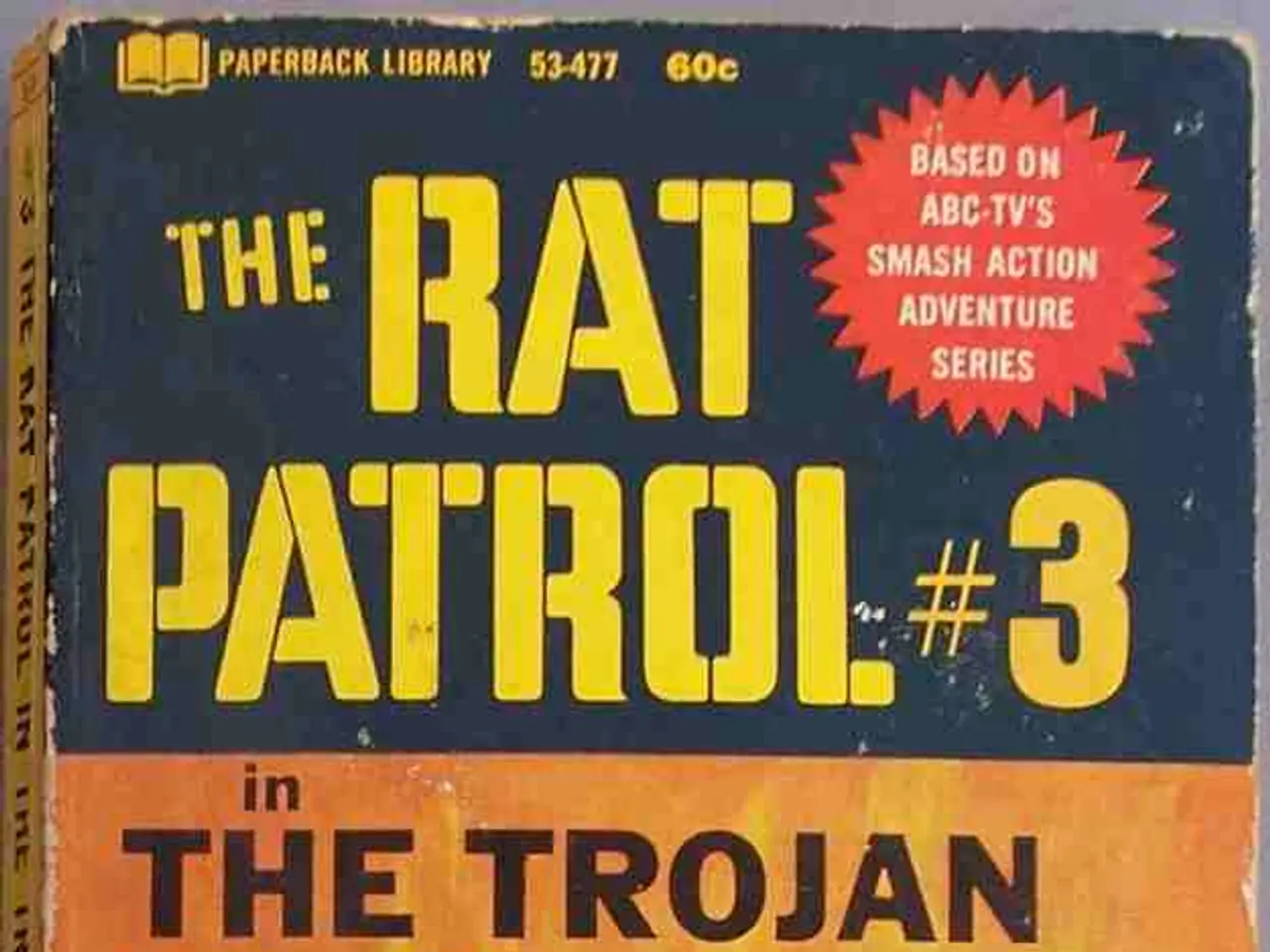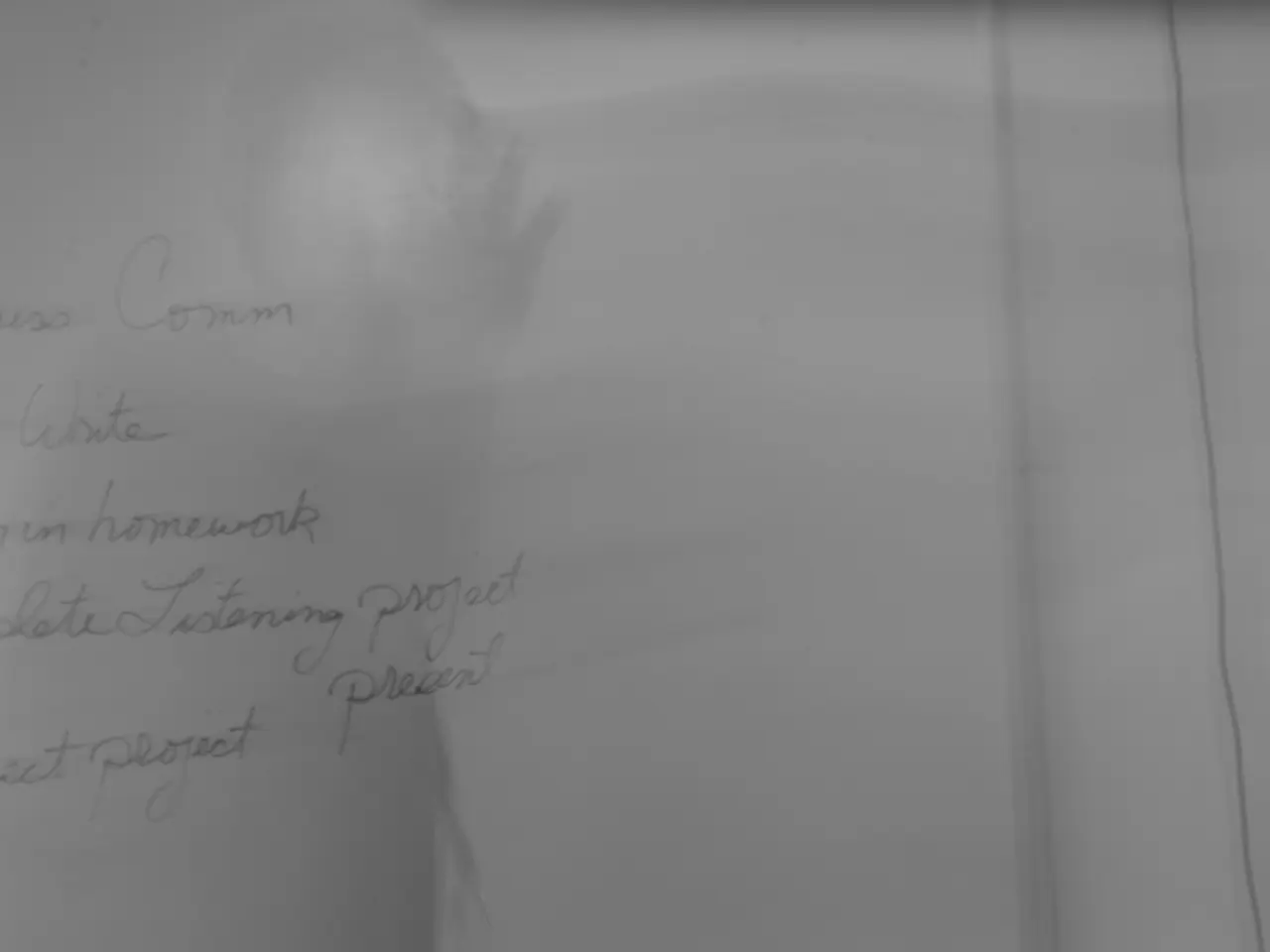Nuclear Submarines Deployed Due to "Dead Hand" Mention by Dmitri Medvedev in Ukraine Conflict Context
The "Dead Hand" or "Perimeter" system, a Cold War-era automated nuclear retaliation mechanism developed by the Soviet Union, remains operational and updated to this day. Its primary function is to guarantee a retaliatory nuclear strike even if the entire Soviet leadership and command chain are destroyed in a first strike.
The system, as referred to by Dmitri Medvedev, continuously monitors for signs of nuclear attack, such as seismic activity, radiation levels, and loss of communication with command centers. If these indicators confirm an incoming strike and the command structure is incapacitated or unable to give orders, Perimeter can trigger the launch of nuclear missiles automatically without human intervention. This mechanism ensures mutually assured destruction by making it impossible for an adversary to disable the Soviet (or now Russian) ability to retaliate through a surprise decapitation strike.
Alexander Zheleznyakov, a Russian rocket engineer, stated that the "Perimeter" allowed extremists and hotheads to calm down, highlighting its role in avoiding tragic mistakes. The defense mechanism was designed as a self-deterrence system, deterring nuclear first strikes due to the mere knowledge that such an automated system could respond even if leadership is wiped out.
Dmitri Medvedev has used the "Perimeter" system as a means of pressure in nuclear deterrence, referencing post-apocalyptic landscapes and the series The Walking Dead. The objective of the "Perimeter" was to function as a fail-safe retaliatory tool to ensure a nuclear response if Russian leadership is incapacitated during an attack, reinforcing nuclear deterrence by guaranteeing mutually assured destruction.
It is important to note that unlike the "Perimeter" system, the United States had an emergency system to ensure a response, but the final decision to launch missiles remained in human hands. The activation of the "Perimeter" significantly reduced the risk of prematurely launching a missile while ensuring retaliation.
The "Dead Hand" system, shrouded in secrecy and subject to speculation, continues to be a topic of interest and concern in the realm of nuclear deterrence and arms control discussions. Its existence serves as a stark reminder of the Cold War era's nuclear tensions and the potential consequences of nuclear war.
The Russian "Perimeter" system, a self-deterrence mechanism, monitors for signs of nuclear attack and can autonomously launch nuclear missiles if the command structure is incapacitated, thus avoiding tragic mistakes and deterring potential adversaries through the threat of mutually assured destruction. In contemporary political discourse, Dmitri Medvedev has invoked this system to reinforce nuclear deterrence and emphasize the grave risks associated with war-and-conflicts and nuclear war. Social and general news outlets often discuss the "Perimeter" and "Dead Hand" systems as critical artifacts of Cold War-era social and political history that continue to shape modern discussions on nuclear deterrence and arms control.






